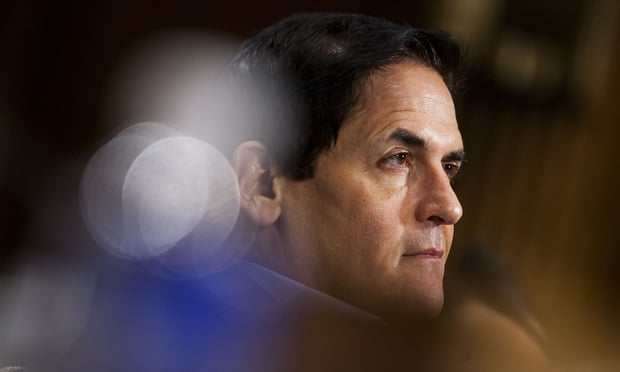The U.S. Department of Health and Human Services is trying to use its regulatory machete to cut down state barriers to public exchange navigators.
HHS proposes new restrictions on state exchange helper requirements in a 279-page draft of Patient Protection and Affordable Care Act regulations, Patient Protection and Affordable Care Act; Exchange and Insurance Market Standards for 2015 Beyond (CMS-9949-P).
HHS is preparing to publish the draft in the Federal Register.
Recommended For You
PPACA calls for exchanges to give the new exchanges access to navigators, or independent ombudsman programs, to help them understand the exchange systems and exchange coverage options.
Exchanges also can give consumers to other types of exchange helpers, such as "in-person assisters," who may get their money from other sources and operate under somewhat different rules.
In Texas and other states, lawmakers who have concerns about the PPACA exchange program have tried to make exchange helpers comply with rules that resemble health insurance agent licensing rules.
Under the new HHS proposal, states would be able to impose some requirements, such as fingerprinting and background check requirements, but they could not impose requirements that would shut out non-agents, such as requirements that exchange helpers hold errors and omissions coverage.
In most cases, a state could not require an exchange helper to refer some or all consumers to licensed agents or brokers.
HHS would make an exception for state-based exchanges that have decided to have all Small Business Health Options Program (SHOP) small-group business come in through agents and brokers.
HHS also wants to pre-empt state rules that would require exchange helpers to back off when they find that consumers already have health coverage or already have relationships with agents and brokers.
But HHS would also prohibit states from imposing anti-conflict-of-interest rules that were more strict than HHS rules.
HHS forbids navigators from getting any funding from health insurers, but it lets another type of helper, a "certified application counselor," get funding from health insurers, as long as it warns consumers about potential conflicts of interest, and as long as the health insurer funding is not tied to specific enrollment targets.
Some states want to forbid the certified application counselors from getting any funding from health insurers.
HHS officials say they wants to pre-empt that kind of state rule, because it wants to be able to use hospitals and clinics.
Officials also want navigators — and any other exchange helpers — that get federal grant money, to get paid on a salaried or hourly basis, not an enrollment-based fee.
Similarly, HHS would forbid navigators and other federally funded exchange helpers from going door to door to enroll consumers in coverage. But HHS would let exchange helpers go door to door to educate consumers about the exchange program.
A navigator could not give away promotional items to consumers but could give consumers gifts with a value up to $15.
Also in the new regulations, HHS officials say they want to:
- Sweeten the PPACA risk corridors program — which is supposed to guarantee a minimum underwriting profit margin for exchange plan issuers — to offer a minimum profit margin of 5 percent, up from 3 percent, because of the uncertainty surrounding all of the changes HHS has made in exchange program rules.
- Have the first revenue generated by a new PPACA reinsurance go to protecting insurers in the individual health insurance market, rather than to the Treasury. PPACA called for the program to raise a total of $12 billion in insurance company fees in 2015, with $2 billion going to the U.S. Treasury. In the past, HHS had suggested that the reinsurance program should send the first $2 billion in revenue to the Treasury, then use the rest of the money for reinsurance. HHS now says it wants to see if it has the legal authority to use the first $10 billion raised for reinsurance and send any cash left over to the Treasury.
- Require that issuers of commercial exchange plans — "qualified health plans" — send standardized notices to enrollees when the plans are discontinued. An issuer could make changes to comply with state and federal regulations without sending a product withdrawal notice, and it also could make other changes with a cumulative rate impact of up to about 2 percent without sending a product withdrawal notice.
- Schedule the next SHOP small-group exchange open enrollment period to start Nov. 15, 2015 — the same date as the individual QHP enrollment period. This year, an employer can sign up for SHOP coverage whenever it wants. HHS officials say they think that approach causes problems for exchanges and QHP issuers.
See also:
© 2025 ALM Global, LLC, All Rights Reserved. Request academic re-use from www.copyright.com. All other uses, submit a request to [email protected]. For more information visit Asset & Logo Licensing.







